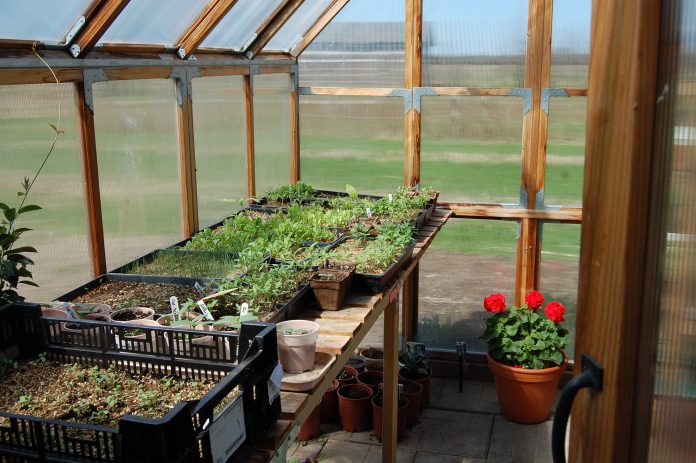RRSP season. Time to think of how you are going to invest for the new year. Looked at from an investment point of view, the wealth you possess in plant material is indeed capable of miraculous returns that are sure to beat inflation.
Here are 5 ways you can multiply your plant wealth:
Seeds: this is Mother Nature’s preferred method for multiplying her bounty and favoured by conservationists because sowing open pollinated seeds helps promote the greatest genetic biodiversity in your garden. Now is a good time to start thinking about and ordering seeds for annuals and tender perennials. Biennial and perennial seeds can be sown May or June and collected now from any seed heads you might have left standing for the winter. Shrub and tree seeds can be germinated in April.
Layering: create a new plant from the mother plant. Layer shrubs, berries, vines, and many tropical plants by partially burying a young branch of the plant beneath the soil. Score the bark where the branch contacts damp soil. There, it will develop new roots. When the young branch is rooted, cut if free from the mother plant, remove it from soil, roots and all and replant. Early spring is a good time to layer shrubs like viburnum, forsythia or dig up suckers from raspberries and common lilac. Mid-summer, layer strawberry runners and vines such as climbing hydrangea and Virginia creeper.
Division: Mathematicians go crazy when we ‘multiply’ by ‘dividing’. It is our garden, so we make up our own rules. Divide desirable plants by digging up your perennials, slice them into two or four pieces, and replant the roots. Ornamental grasses prefer early spring division, as do perennial aster, rudbeckia, echinacea and other native favourites. Wait until the soil is warm, in late May, to split your rhubarb and bulbous perennials such as daylilies and peonies.
Stem cuttings: Now is a good time to take hardwood cuttings. Cut a 20 to 40 cm branch below a leaf node (where the leave connects to the stem of the plant) using clean pruners straight across, making sure to take at least four leaf nodes. Strip all but two leaf nodes. Dip the cut end into rooting hormone, and then plant 2/3 deep into a container of 50:50 coarse sand and damp compost. Maintain a damp soil mix for 3 to 4 weeks until roots form and the cutting is ready for transplant. Note, tree cuttings can be more difficult to propagate than shrubs so be patient and persistent. Growing in a cold frame or greenhouse will improve your odds of success.
Root cuttings are best taken in early spring before your lilies, phlox, peonies, and iris break dormancy. Choose young roots about as thick as a pencil and cut them close to the crown or top of the root zone. Remove any fibrous roots and cut the end of the root section on an angle in 5 to 10 cm lengths. Insert the cuttings into a 50:50 mix of coarse sand and compost so the flat end is just below the surface, water lightly and place into a cold frame. Later in the spring you can repot to grow throughout the summer for planting next spring.
We recommend that you take more cuttings and start more seeds than you think you can use as some (many?) may not meet expectations. If you have a bumper crop, more for your friends and neighbours. Starting early yields the best results, which is why this is the best time of year to multiply your garden riches. Chances are the percentage returns will be better than any RRSP.
Mark Cullen is an expert gardener, author, broadcaster, tree advocate and Member of the Order of Canada. His son Ben is a fourth-generation urban gardener and graduate of University of Guelph and Dalhousie University in Halifax. Follow them at markcullen.com, @markcullengardening, and on Facebook.


